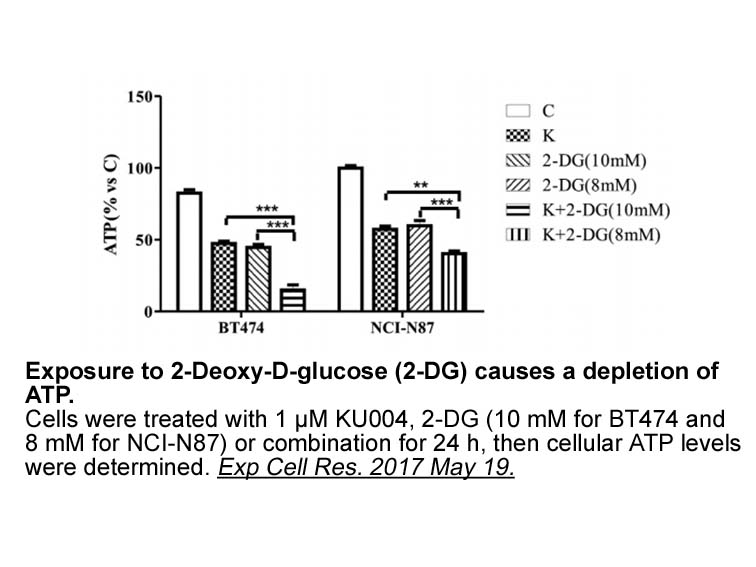Archives
br Materials and methods br Results Recombinant N terminally
Materials and methods
Results
Recombinant, N-terminally His6-tagged vCPH was purified to near homogeneity via a modification of the reported procedure and its identity confirmed by intact protein mass spectrometry (Supplementary Fig. 1). As reported, vCPH catalysed two hydroxylations of a PAPKPAPK peptide substrate (Fig. 2). Production of (2S,4R)-hydroxyproline (trans-4-hydroxyproline) at positions 3 and 5 of PAPKPAPK was confirmed by amino clinical trial analysis (following peptide hydrolysis) and tandem mass spectrometry (Supplementary Fig. 2). Previously, we have reported that vCPH activity is blocked when a (2S,4R)-hydroxyproline residue (Hyp) is synthetically introduced at a position for potential hydroxylation. With a view to developing a substrate with a single hydroxylation site, a set of peptides was synthesised, wherein each prolyl-residue of PAPKPAPK was separately replaced by (2S,4R)-hydroxyproline. Replacement of prolines at positions 1 and 7 did not prevent vCPH-catalysed double hydroxylation. Replacement of the prolines at positions 3 and 5 of PAPKPAPK with (2S,4R)-hydroxyproline manifested single hydroxylation (Fig. 2). No activity was observed between vCPH and a peptide where both prolines at positions 3 and 5 were replaced by hydroxyproline (PA-Hyp-K-Hyp-APK). These observations imply, consistent with MS analysis of vCPH-treated PAPKPAPK, that vCPH-catalysed hydroxylation occurs selectively at proline 3 and proline 5 of PAPKPAPK.
Since PA-Hyp-KPAPK and PAPK-Hyp-APK only undergo single hydroxylations, they were further investigated as substrates for use in inhibition assays. PA-Hyp-KPAPK was found to be more efficiently hydroxylated than PAPK-Hyp-APK (Supplementary Fig. 3). However, a maximal rate of hydroxylation was not observed for PA-Hyp-KPAPK up to 1 mM, complicating quantitative analysis; for PAPK-Hyp-APK, KM = 230.4 ± 45.1 µM and kcat = 52.1 s−1 ± 3.7 s−1. The observation that PA-Hyp-KPAPK is more efficiently hydroxylated than PAPK-Hyp-APK is consistent with previous studies reporting that vCPH preferentially hydroxylates the proline at position 5 of this peptide.10, 11
The residue selectivity of vCPH was investigated using peptides based on PA-Hyp-KPAPK (PA-Hyp-K-X-APK with the X position being varied); the results revealed no evidence of reaction between vCPH and other proteinogenic amino acids, indicating that vCPH is highly selective for prolyl-residues (Supplementary Fig. 4). We did, however, accrue evidence that vCPH catalyses conversion of (2S,4S)-fluoroproline in PA-Hyp-K-(2S,4S)-fluoroproline-APK to a 4-oxoproline residue (Supplementary Fig. 5), analogous to studies with PHD2. Following incubation with vCPH, a product with Δm/z of −4 relative to starting material was observed by MS (Supplementary Fig. 5B), consistent with hydroxylation followed by of release of F-. Fluoride release was observed by 19F NMR spectroscopy. The successful hydroxylation of PA-Hyp-K-(2S,4S)-fluoroproline-APK is further evidence that vCPH-catalyses the formation of hydroxyproline with the (2S,4R)- stereochemistry.
No vCPH-catalysed hydroxylation of reported HIF-α PHD substrates was observed, even at a 1:1 vCPH:substrate ratio. Furthermore, no inhibition of vCPH by HIF-1α peptides was observed, nor did they stimulate substrate uncoupled turnover of 2OG by vCPH (Supplementary Fig. 6). In contrast to the results with HIF-α, the synthetic procollagen mimic peptide ((GPP)10) underwent two or more  vCPH-catalysed hydroxylations (data not shown), consistent with previous studies employing radiolabelled assays.
Studies with PAPKPAPK revealed Fe(II) and 2OG are essential for vCPH catalysis (Supplementary Fig. 7), which is stimulated by l-ascorbate, consistent with previous work.10, 11 Studies with and without l-ascorbate revealed that production of the di-prolyl-hydroxylated product was reduced in the absence of l-ascorbate, with MS-MS analyses revealing that hydroxylation occurred preferentially at proline 5 of PAPKPAPK (Supplementary Fig. 8).
vCPH-catalysed hydroxylations (data not shown), consistent with previous studies employing radiolabelled assays.
Studies with PAPKPAPK revealed Fe(II) and 2OG are essential for vCPH catalysis (Supplementary Fig. 7), which is stimulated by l-ascorbate, consistent with previous work.10, 11 Studies with and without l-ascorbate revealed that production of the di-prolyl-hydroxylated product was reduced in the absence of l-ascorbate, with MS-MS analyses revealing that hydroxylation occurred preferentially at proline 5 of PAPKPAPK (Supplementary Fig. 8).